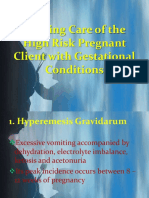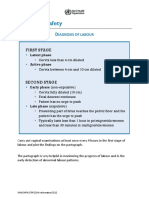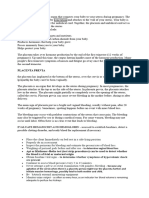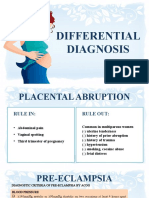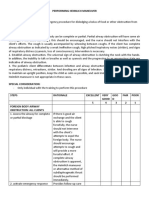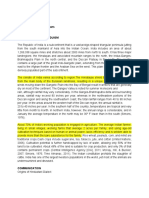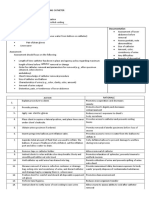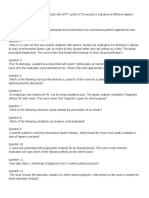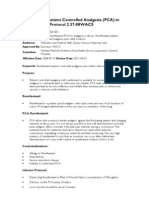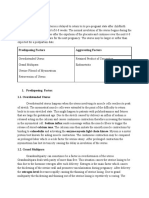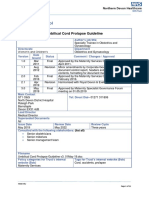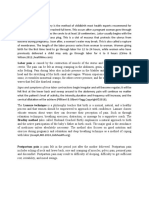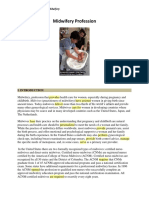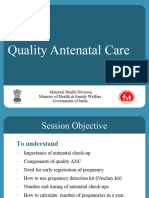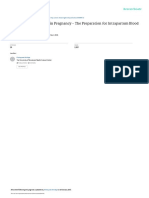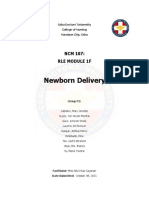0% found this document useful (0 votes)
48 views26 pagesAddtl Notes
The document discusses several conditions that can complicate pregnancy including incompetent cervix, placenta previa, abruptio placenta, disseminated intravascular coagulation, preterm labor, premature rupture of membranes, and pregnancy induced hypertension. It provides information on the causes, signs and symptoms, and treatment approaches for each condition. Nursing considerations are also outlined related to monitoring, interventions, education, and medication administration for the complications.
Uploaded by
Angelie PantajoCopyright
© © All Rights Reserved
We take content rights seriously. If you suspect this is your content, claim it here.
Available Formats
Download as PDF, TXT or read online on Scribd
0% found this document useful (0 votes)
48 views26 pagesAddtl Notes
The document discusses several conditions that can complicate pregnancy including incompetent cervix, placenta previa, abruptio placenta, disseminated intravascular coagulation, preterm labor, premature rupture of membranes, and pregnancy induced hypertension. It provides information on the causes, signs and symptoms, and treatment approaches for each condition. Nursing considerations are also outlined related to monitoring, interventions, education, and medication administration for the complications.
Uploaded by
Angelie PantajoCopyright
© © All Rights Reserved
We take content rights seriously. If you suspect this is your content, claim it here.
Available Formats
Download as PDF, TXT or read online on Scribd
/ 26




